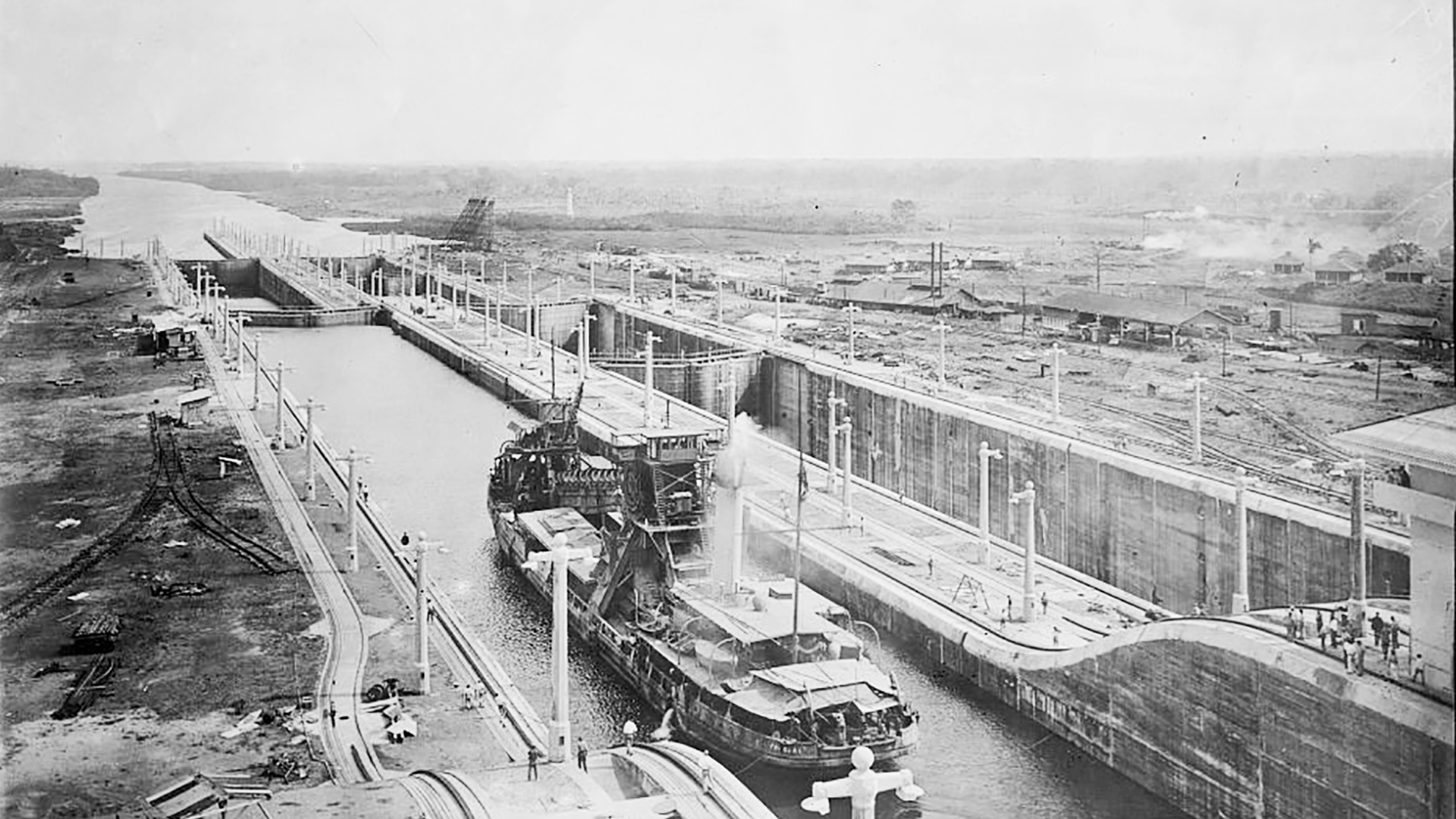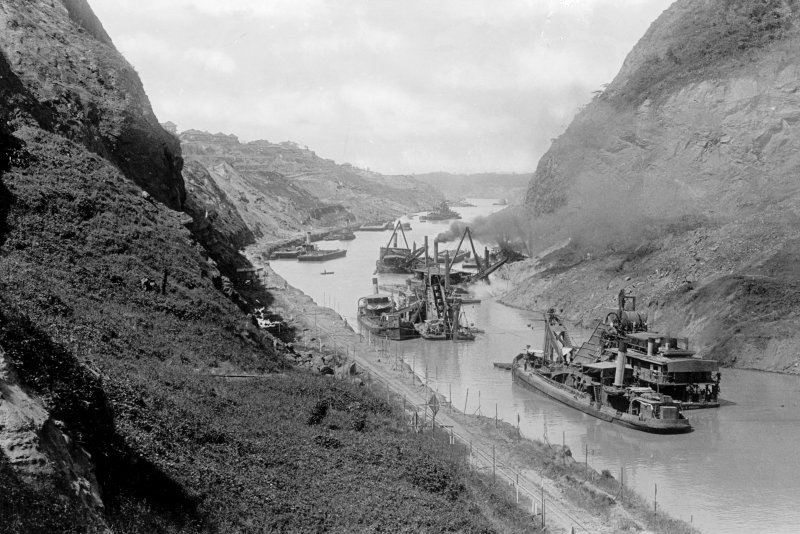U.S. Agrees to Transfer the Panama Canal

President Jimmy Carter and General Omar Torrijos shake hands after signing the Panama Canal Treaties.
What Happened?
The 1977 Torrijos–Carter Treaties consisted of two agreements: the Panama Canal Treaty, which abolished the U.S.-run Canal Zone in 1979 and set full Panamanian control by 1999, and the Neutrality Treaty, guaranteeing the canal’s permanent neutrality and the U.S. right to help keep it open.
For Panamanians, the treaties corrected a grievance dating to 1903, when the Hay–Bunau-Varilla pact granted the U.S. “in perpetuity” control of a 10-mile-wide strip bisecting their country. For many in the U.S., the canal embodied national power and engineering prowess—making any handover politically explosive.
Carter framed the deal as principled statecraft: respect sovereignty, stabilize relations in the Americas, and keep the canal secure through cooperation instead of occupation. After a bruising national debate, the Senate ratified both treaties in 1978 by 68–32—barely over the two-thirds threshold.
The transfer unfolded in stages. In 1979, the Canal Zone vanished and a binational Panama Canal Commission began oversight. On December 31, 1999, Panama assumed full operational control, with neutrality obligations intact.
The treaties also intersected with Cold War politics and regional nationalism. By acknowledging Panamanian sovereignty, the U.S. defused a rallying point for anti-U.S. sentiment while preserving strategic access for global trade and naval movement.
Tensions persisted—most notably during the 1989 U.S. invasion that deposed Manuel Noriega—yet the canal handover ultimately proceeded peacefully. Today, a Panamanian authority runs an expanded canal that remains a vital artery of the world economy.
Why It Matters
The Torrijos–Carter Treaties marked a rare moment when a great power chose legitimacy over possession. By trading perpetual control for permanent neutrality, the U.S. strengthened its credibility in the Americas, reduced a source of regional resentment, and secured the canal’s future through shared rules instead of unilateral rule.
?
How did the 1903 Hay–Bunau-Varilla Treaty shape U.S.–Panama relations for much of the 20th century?
Why did many U.S. senators and voters oppose the Panama Canal handover, and how did the Carter administration overcome that opposition?
What does the Neutrality Treaty allow the United States to do, and how has it been interpreted since 1977?
In what ways did flag protests and riots in the 1960s push both sides back to the negotiating table?
How has Panamanian management and expansion of the canal affected global trade since 1999?
Dig Deeper
A guided tour of the canal’s engineering, operations, and global importance—from locks to lanes of trade.
How workers, medicine, and design choices made the canal possible—and at what human cost.
Related

The Louisiana Purchase: A River, A Bargain, and a Bigger United States
In 1803 the United States bought the vast Louisiana Territory from France, doubling the nation’s size, securing the Mississippi River, and setting the stage for westward expansion and hard questions about slavery and Native sovereignty.

McCarthyism: Fear, Power, and the Red Scare
In the 1950s, fear of communism gripped America. Senator Joseph McCarthy fueled this fear by accusing hundreds of people of being communist traitors—often without proof. The result was a national panic that tested the meaning of truth, justice, and freedom.

Indian Removal and the Trail of Tears
In the 1830s, the U.S. government forced thousands of Native Americans—including the Cherokee—off their ancestral lands, leading to a deadly westward march known as the Trail of Tears.
Further Reading
Stay curious!
